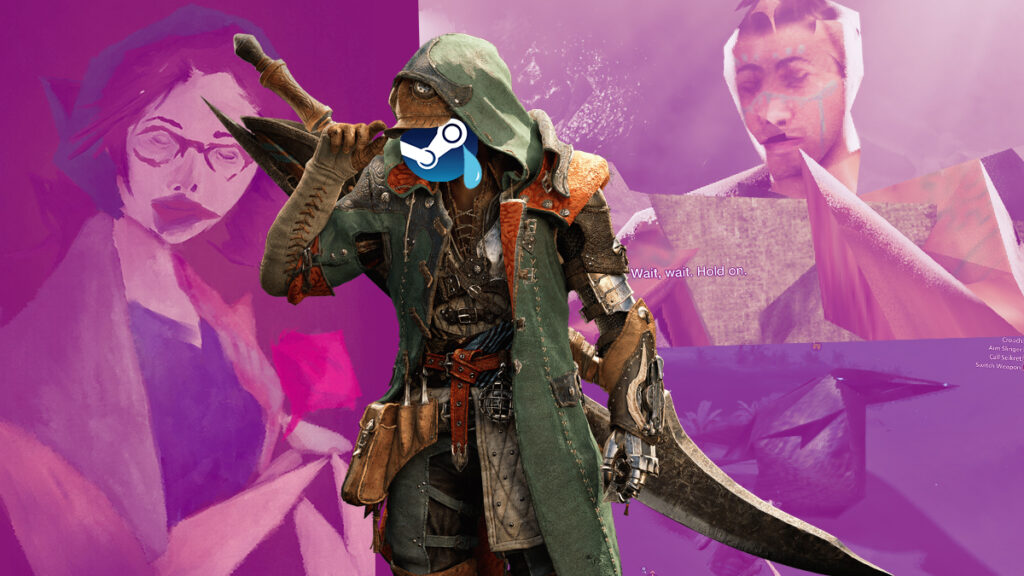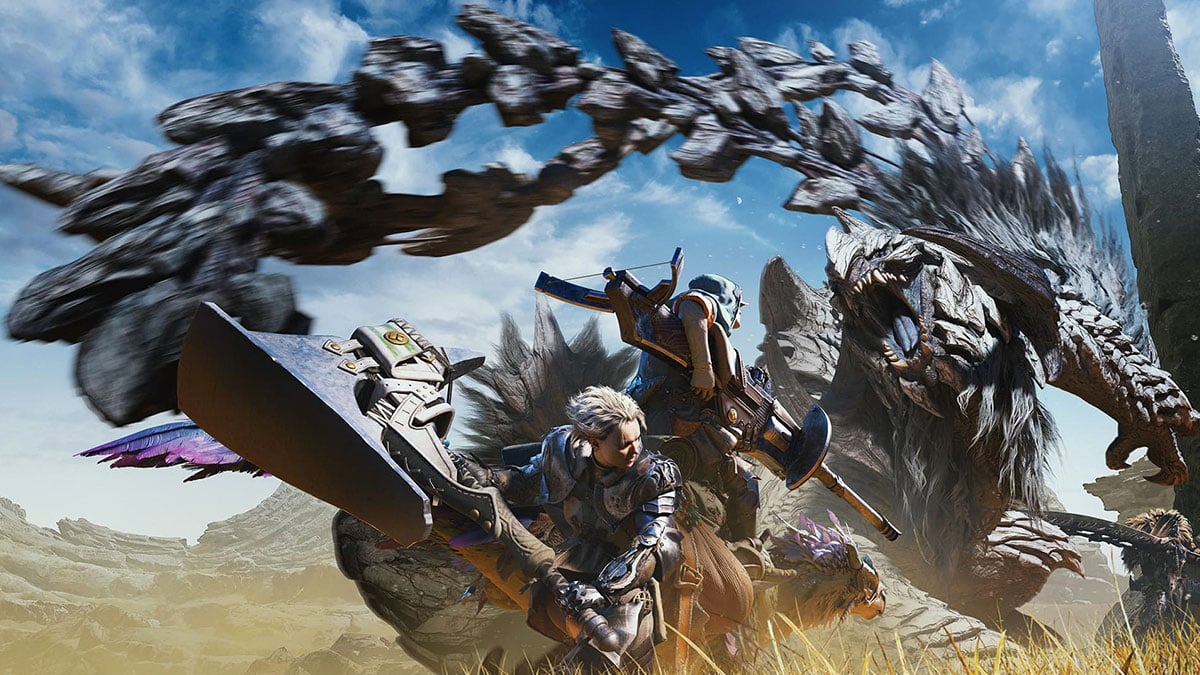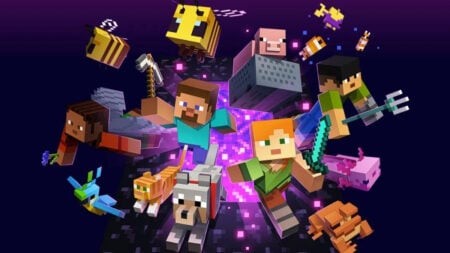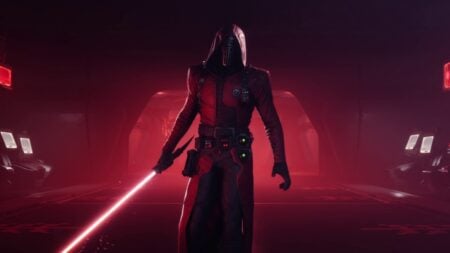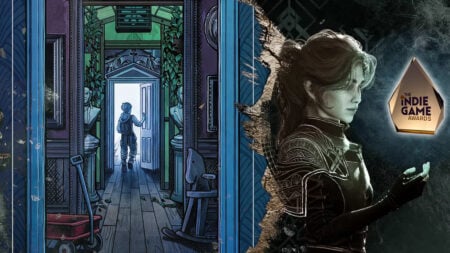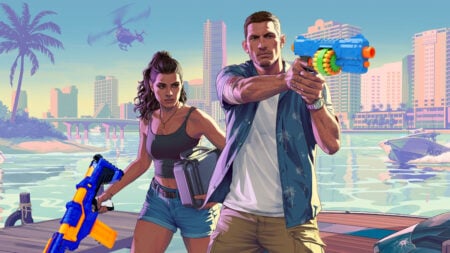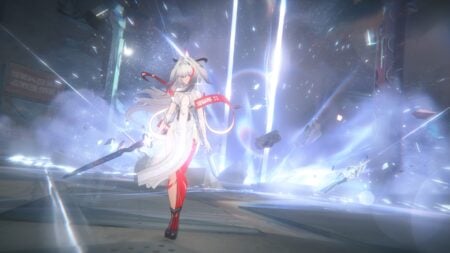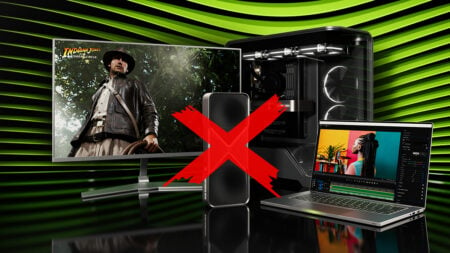Skip To...
Monster Hunter or any action game fans on PC have every reason to be excited for Wilds, Capcom’s next-gen foray into the beloved series. The creator of Devil May Cry has promised Wilds will offer even more breathtaking visuals, expansive worlds, and exhilarating gameplay. But there’s a dark side to this anticipation: Wilds might have trouble actually running on the average gaming PC, especially in contrast with its predecessor, Monster Hunter: World, which set sales records for the series, catapulting it into a worldwide hit and Capcom’s flagship game.
Monster Hunter Wilds appears to be far less optimized for the typical gaming setup. There were widespread reports of poor beta performance and doubts about its ability to run well on the base PS5. In turn, this raises concerns for its PC audience, especially when we consider its system requirements.
Like a Rathalos That Flew Too High to the Sky

Let’s start with performance. The players’ report from MH Wilds’s open beta was mixed, to say the least. True to responses from the Gamescom and Tokyo Game Show demo build, most beta testers have described noticeable performance issues.
It has been tested on GPUs like the RTX 4070, which is currently one of the most popular options for high-performance gaming on the market. Yet, despite the 4070’s impressive specs and price point, Monster Hunter Wilds struggles to maintain a stable 60 FPS without PC frame generation technology. This option artificially boosts FPS by adding interpolated frames rather than actually improving render speed.
This is more than a little concerning. After all, the game asks for RTX 2070 Super, RTX 4060, or RX 6700XT as its Recommended Spec. This will only let you run the game on 1080p resolution, under the Medium settings, and at 60 FPS — with frame generation enabled.
What of players who can’t even reach the Minimum requirements of GTX 1660 or RX 5600, just to get 720p, 30 FPS with the Lowest settings? Well, we got a black screen at worst or having all NPCs and monsters’ models turn low-polygon. The fanbase has even made jokes and memes of the PlayStation 1-like character models on social media.
My 7-year-old PC, powered by Ryzen 5 1600 and GTX 1060, can still run Space Marine 2 from start to finish. But no, Monster Hunter Wilds is completely off the limit.
Sure, you could point out that the beta has attracted more than 400,000 concurrent users surpassing even World‘s peak users. But don’t forget that all you have to do to participate is download 25GB of data and jump in. The full game will cost players $70 and a whopping 140GB of storage space. That’s surely not an expense that anyone can just throw away carelessly. Especially now they know they won’t be able to run the game properly.
Maybe Capcom Should’ve Stuck RE Engine to RE Games

When you consider the jump from Monster Hunter Generations Ultimate to World, it’s clear that Capcom has done better in the past. Both in setting a precedent for delivering a noticeable graphical upgrade as well as PC optimization.
World’s lush environments and realistic monsters’ looks and behavior were big selling points. Wilds, by contrast, appears to be less ambitious — at least if we’re talking about pure graphical improvements — even as it demands more from players’ PCs. While its launch was also far from perfect, World also managed to run comfortably even on mid-range systems.
Of course, the game was released during the peak of the eighth console generation. Still, as a result, it attracted a huge number of PC players who might otherwise not have been able to experience the game. World helped Capcom gain the confidence of the 1.86 billion strong PC gaming community; a confidence that, shame to say, is shaken with Wilds.
If Monster Hunter Wilds is an isolated case, perhaps PC players could be more forgiving. But Capcom’s recent track record with open-world games using the RE Engine suggests otherwise. Just look at the reception of Dragon’s Dogma 2‘s PC release. Like Wilds, it saw poor performance on many PC setups, prompting backlash from a large segment of the fanbase.
True to its name, the RE Engine excels in delivering stunning visuals for modern Resident Evil games. From Resident Evil 7 to the award-winning Resident 4 Remake, they’re smaller in scope and linear in nature. Looking back to Dragon’s Dogma 2 launch — and now Wilds‘ open beta — the engine might’ve shown limitations when scaled to larger, open-world environments. This doesn’t bode well for the full release of MH Wilds, which promises even bigger maps, more complex AI, and high-fidelity textures.
So far, not counting the low-poly models from lower-spec players, Wilds‘ beta testers have shared various glitch videos as well. There was footage of Balahara glitching in and out of existence while trying to dig inside the sands. Someone also posted a video of a Rey Dau who shoots its railgun upside-down and then flies off to its home planet forever. Perhaps it’s like how World‘s modified MT Framework engine had trouble with elongated necks on monsters. Wilds and RE Engine might’ve bit more than they can chew with the seamless open world and highly interactable environments.
Will Capcom Cook Monster Hunter Wilds on PC Into a Well-Done or Burnt Steak?
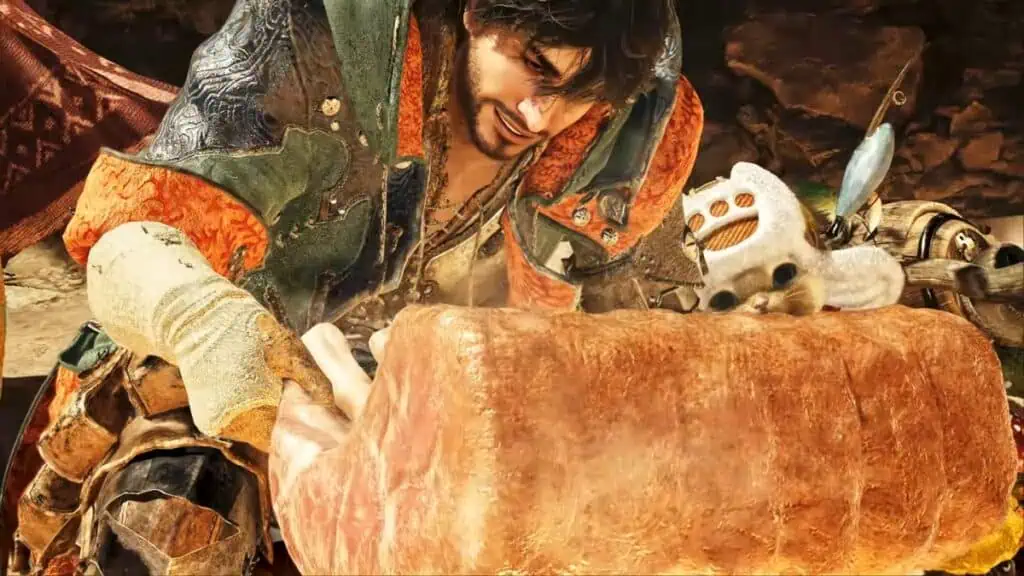
But all hope is not lost… somewhat. On 17 October, seven months after its initial release, Capcom finally patched in the option to prioritize graphics or performance for Dragon’s Dogma 2. Videos of the game running on PS5 Pro with significant performance upgrades have also leaked on social media. It showed Capcom is willing to tweak the RE Engine to employ PS5 Pro and high-end PC parts’s additional power. This gives many fans cautious hope that it’ll do the same for Monster Hunter Wilds.
Still, that doesn’t change the fact that the performance only improves for top-of-the-line hardware. On PC, that translates to those with the very latest GPUs. There’s no promise that gamers with middle-range rigs get the same benefit.
As of the latest Steam Hardware Survey, the vast majority of PC players still use GPUs below the RTX 4060 level or its equivalent. Roughly speaking, the company will only be serving 24% of the PC market share. If Capcom doesn’t introduce some serious optimization, many players may be unable to play one of its flagship titles.
This is definitely not great news for the Osaka-based company. PC players now make up around 50% of its revenue, driven in large part by the success of World. Alienating half of its consumer base to participate in the never-ending race for cutting-edge visual fidelity is risky for Capcom.
Before Wilds, Monster Hunter has always sided with the winning team; which platform has the biggest player base. It never cared about pushing the next graphical trend and becoming the new Crysis. Once Capcom realized the game sold better on a portable platform, it shifted gears to the PSP. When it’s obvious that Sony is abandoning PSP’s successor, the PS Vita, the series makes its home on the 3DS and Switch.
Even when Capcom was developing 3 Ultimate for Nintendo consoles, the company still served its loyal PlayStation fanbase with Portable 3rd. It ended up becoming the best-selling PSP game in Japan. This player base-first approach cements Monster Hunter as the go-to AAA cooperative game on its home turf and eventually the world.

With that in mind, crossplay should have opened Monster Hunter Wilds to a broader audience. But with high hardware requirements, it risks becoming a missed opportunity. Many new players may be unable to join their friends, while longtime fans might hold out for a more accessible version. After all, Capcom will probably release a Rise-style game optimized for the Switch successor and lower-end PCs.
Considering Capcom’s history of alternating releases between its development teams, I wouldn’t be surprised if a lighter, sixth-gen Monster Hunter version is already underway. No doubt such decisions from the fanbase will also hurt Wilds‘ sales and get it compared to World‘s success.
Given the high requirements and a track record of RE Engine struggles, Capcom might’ve overestimated the average PC gamer’s setup. With PC sales now making up such a significant portion of its revenue, the stakes are as high as ever for the Monster Hunter series. As launch day approaches in just a few weeks, PC players can only hope Capcom pulls off a last-minute miracle.

